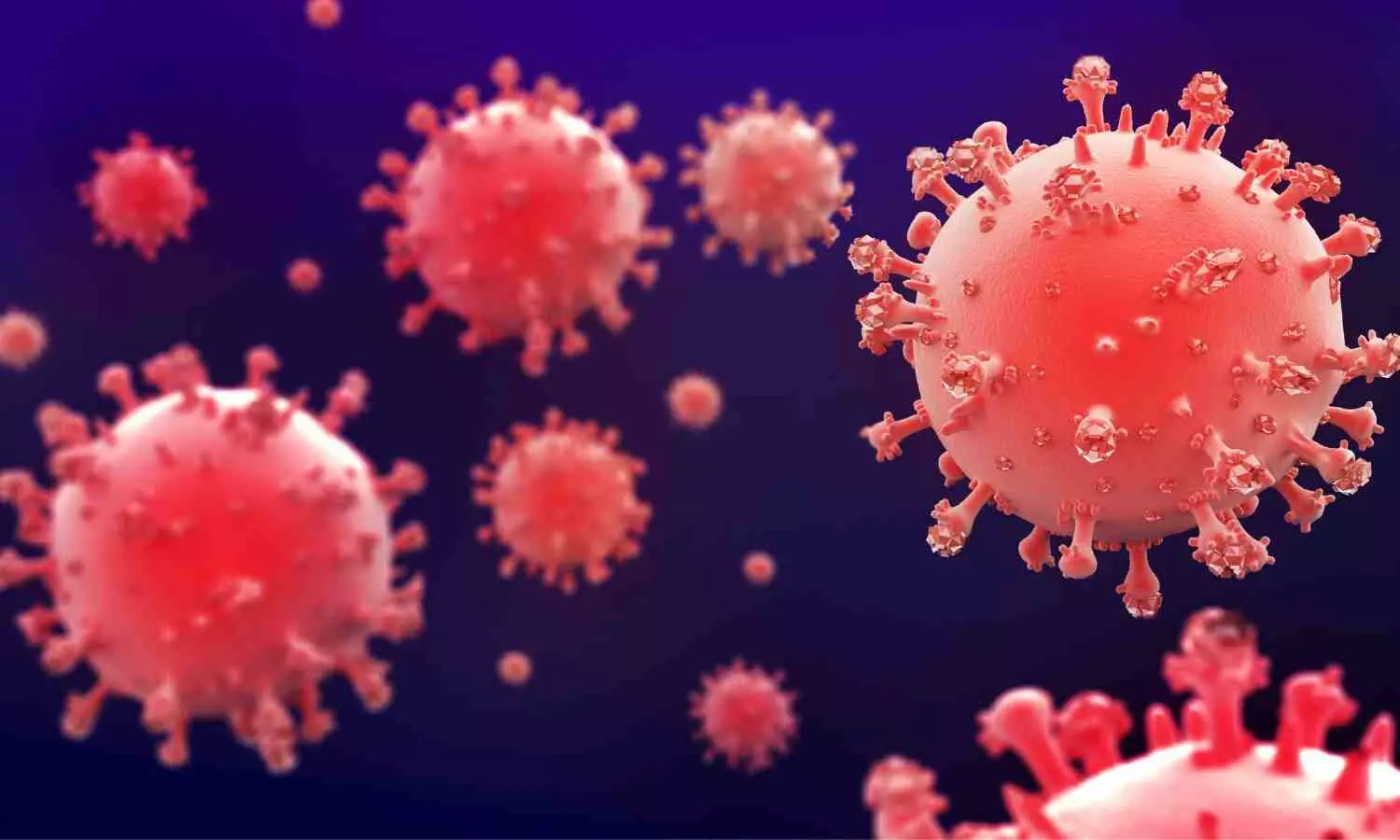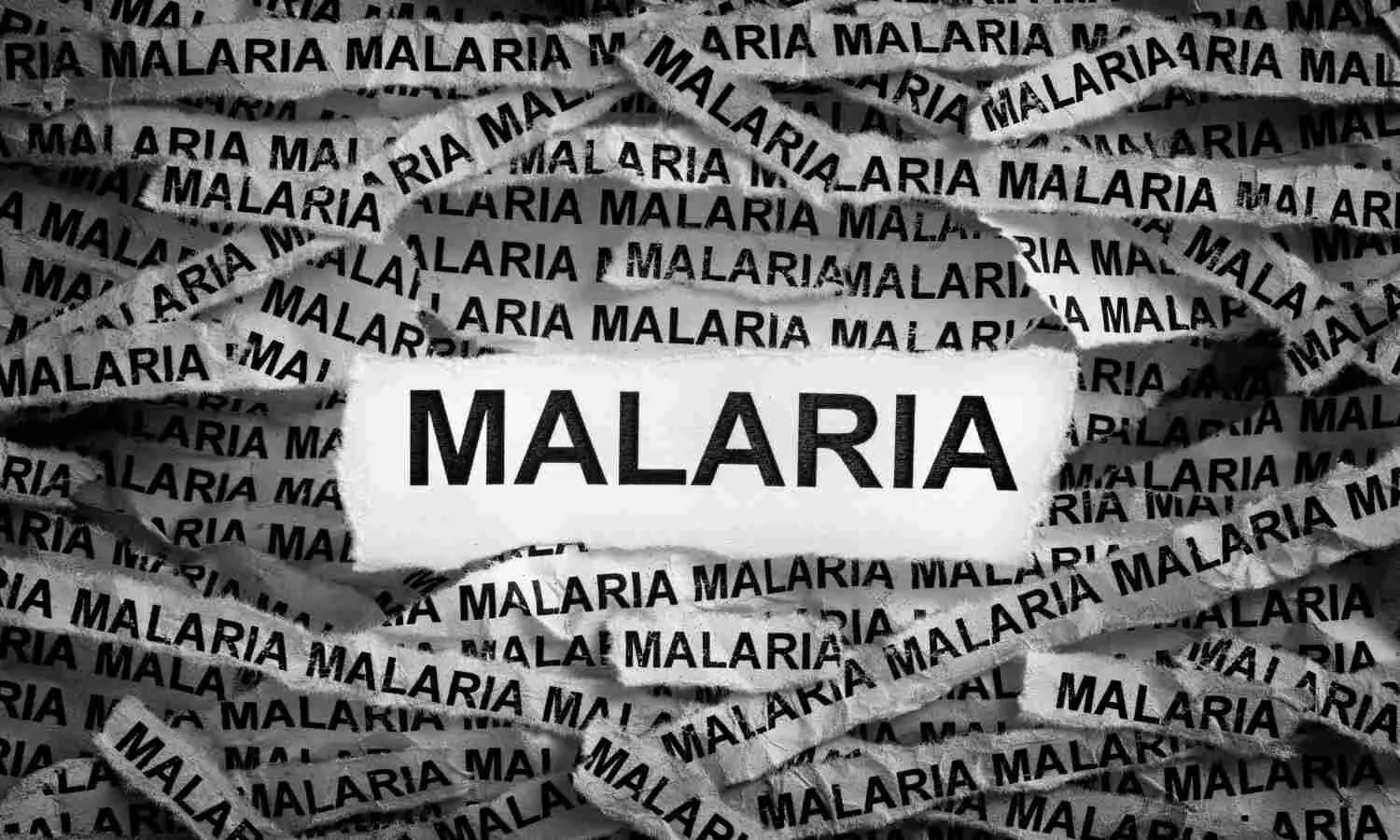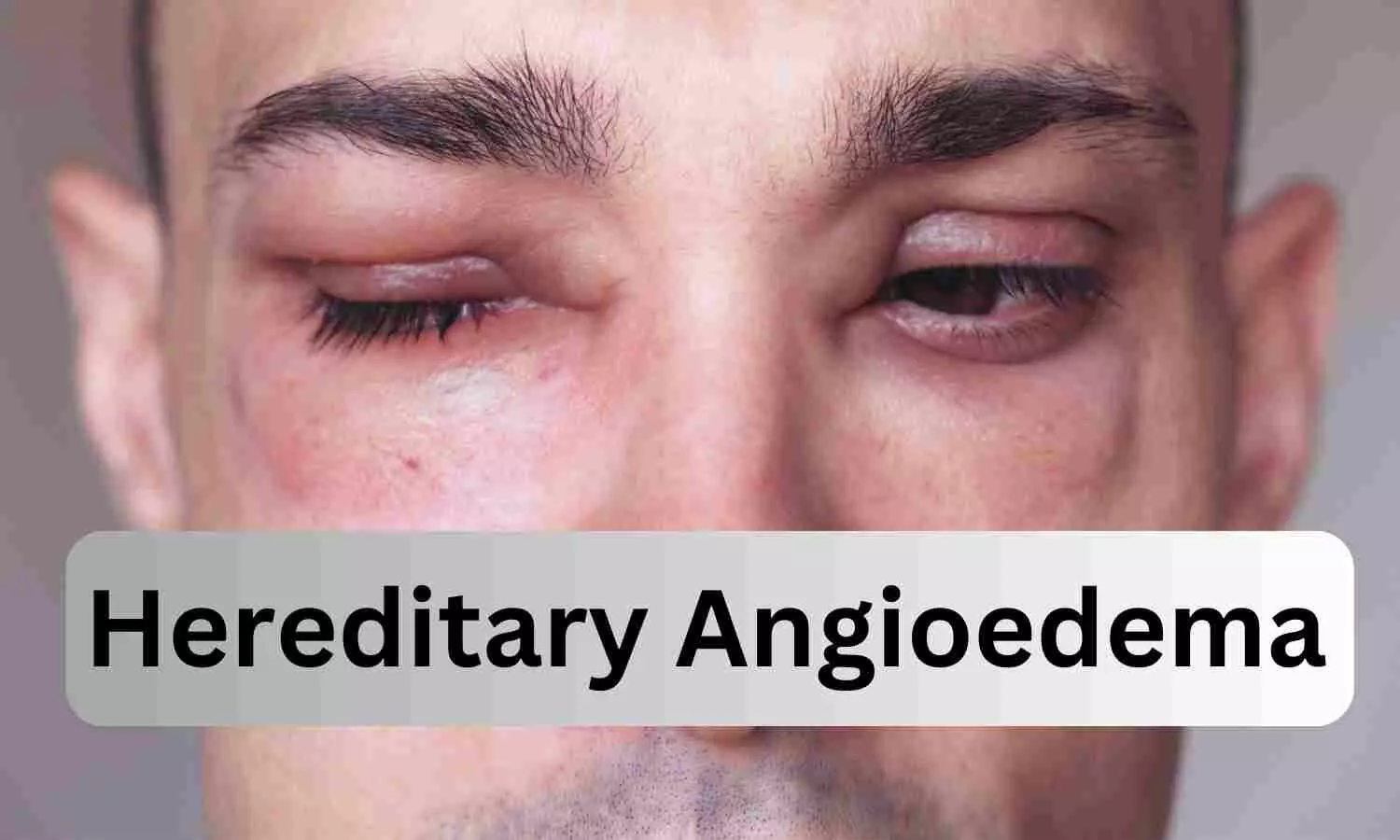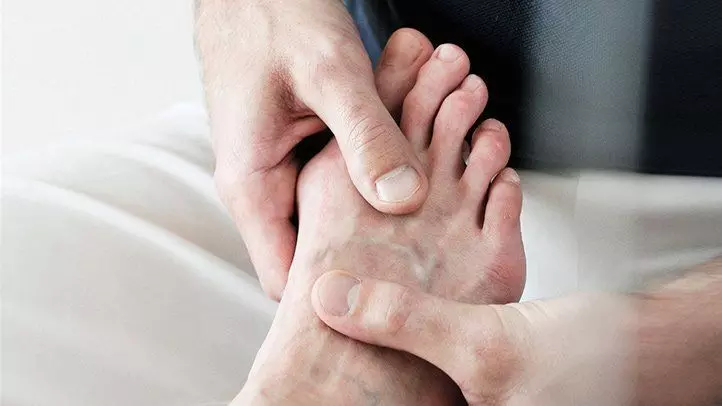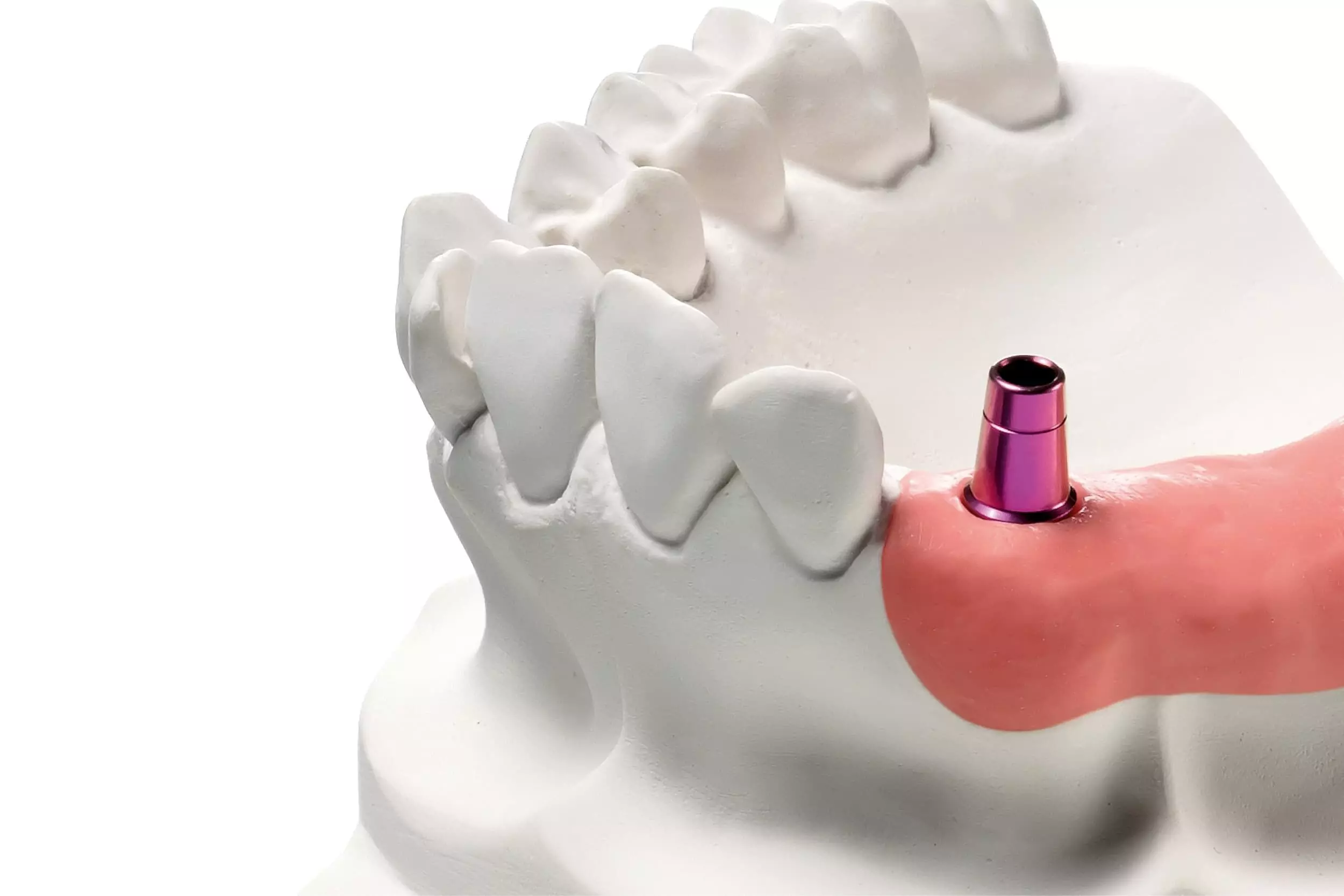Fact Check: Viral Post Claiming Dr. Kailash Rathi was Attacked by Jihadi is Fake

New Delhi: The viral social media post claiming that Nashik-based Pulmonologist Dr. Kailash Rathi was attacked by a “Jihadi”, a Muslim person using a sickle is a fake.
While the viral post on X (formerly Twitter) is trying to give the issue a communal angle, the reality is that Dr. Rathi was brutally attacked inside a hospital in Maharashtra over a monetary dispute by the husband of a former colleague, a Hindu man.
The horror was captured on a CCTV camera and the viral video shows that the attacker struck the 49-year-old doctor around 18 times with a sickle on last week. Thereafter, the doctor, a chest physician and critical care specialist, was admitted to a local hospital in a critical condition.
The Claim:
The disturbing video of the accused attacking Dr. Rathi went viral on social media as members of the medical fraternity and general public alike expressed their shock over the brutality of the attack.
However, one such viral post claimed that the doctor was attacked by in Nashik’s Suyog Hospital by a Jihadi attacker, giving it a communal look. The rough Hindi-to-English translation of the X post states, “Take heart and watch today’s most heart-wrenching video••••••••* *In Maharashtra, Nashik’s Suyog Hospital, a Jihadi attacker entered the ICU and attacked Dr. Kailash Rathi with a sharp weapon, due to multiple indiscriminate attacks in 30 seconds.”
Fact Check:
Medical Dialogues had earlier reported about the brutal and horrifying attack on Dr. Rathi. The Panchavati police arrested the accused, who has been identified as Rajendra More, a Hindu. The police secured custody for seven days after producing him in the city court.
The accused and his wife, who is a former colleague of the doctor, have been booked by police based on a complaint of the victim’s wife.
Therefore, the claim that the doctor was attacked by a “Jihadi”, a Muslim man is misleading. There was no communal reason for the attack. In reality, the doctor was attacked by the husband of a former colleague, who is Hindu by religion.
Powered by WPeMatico


